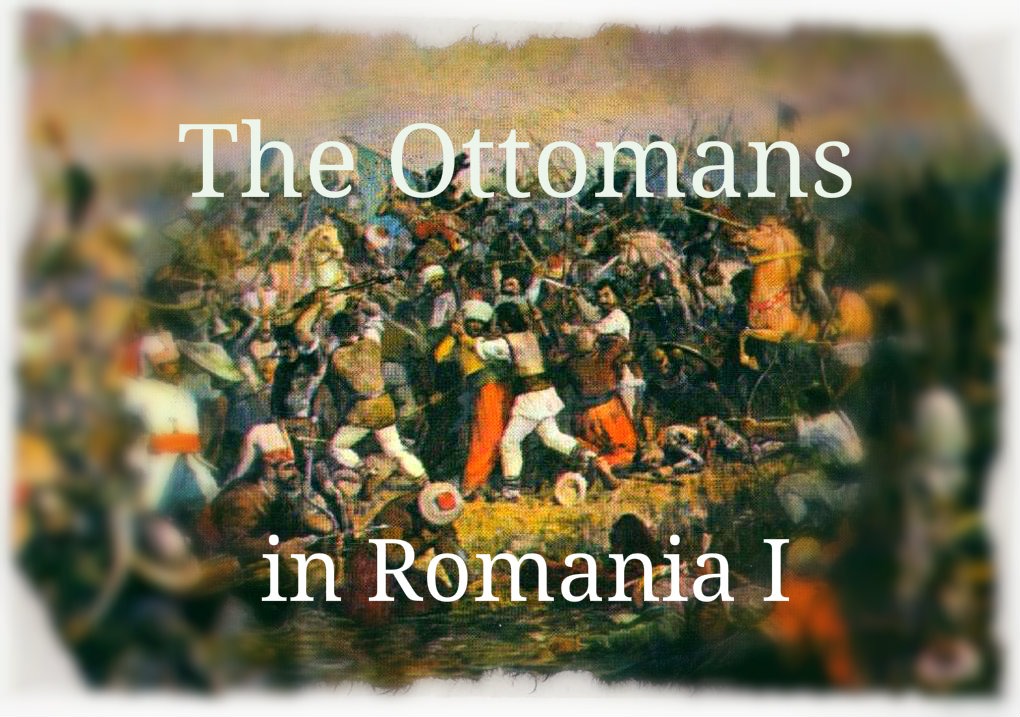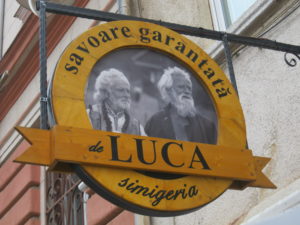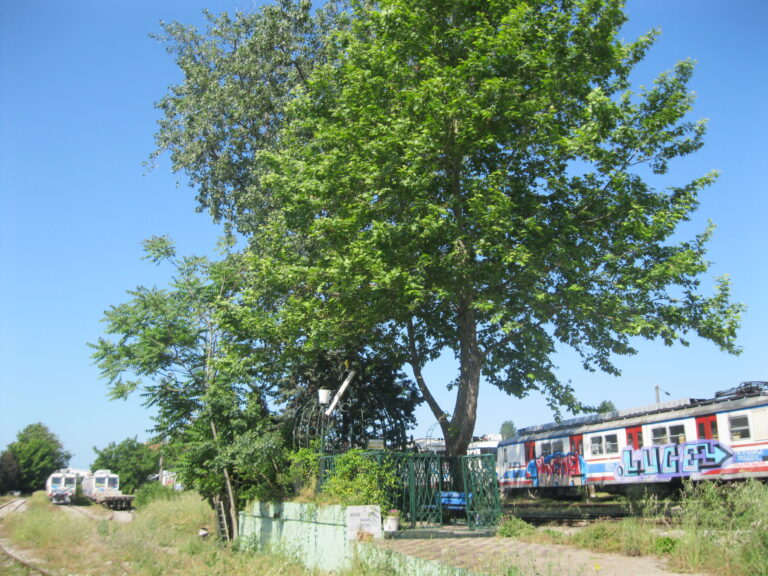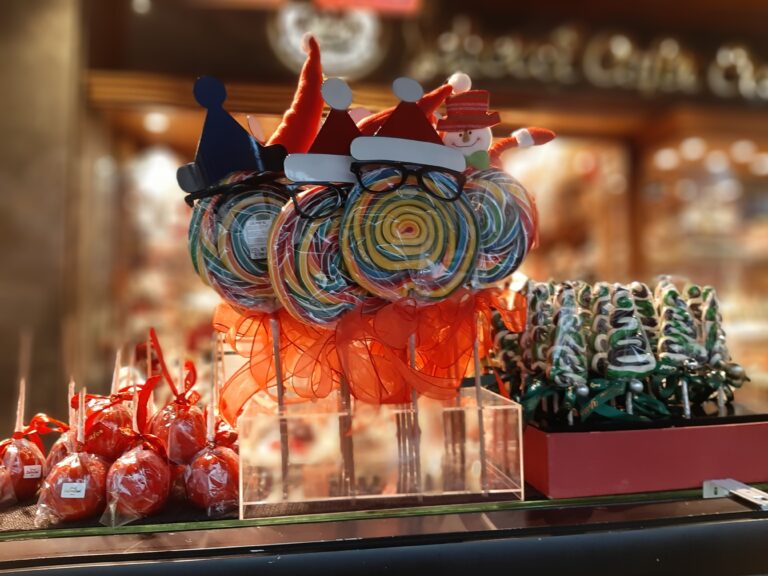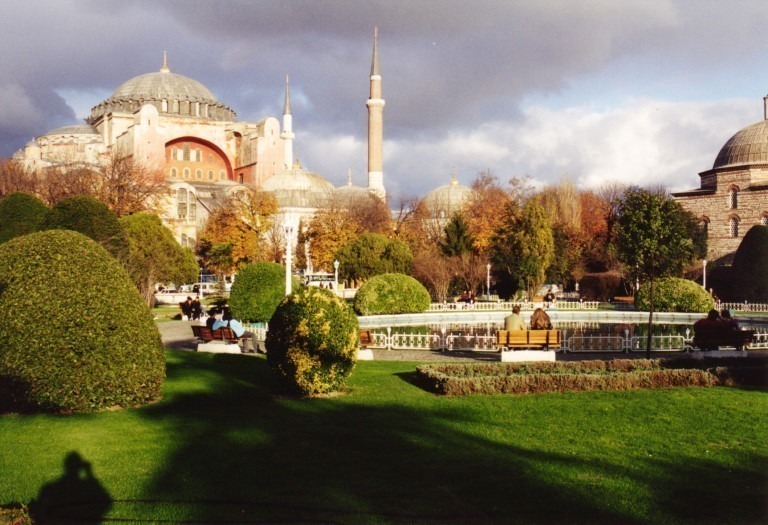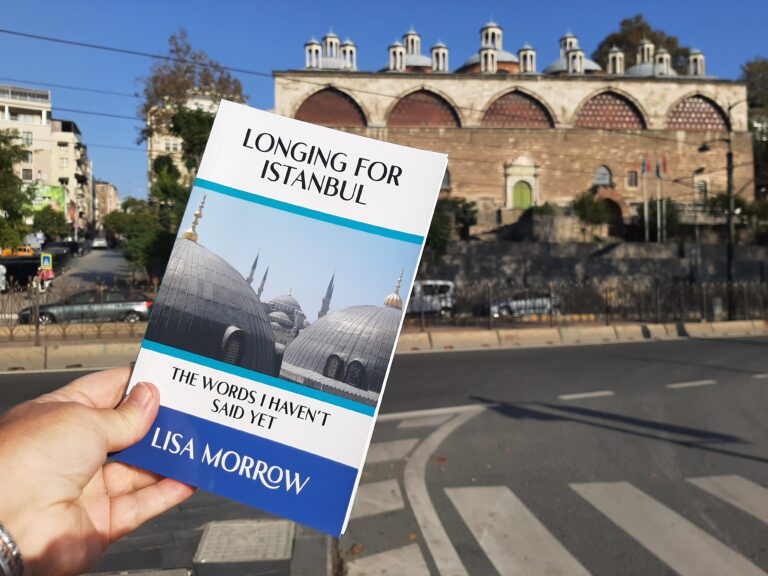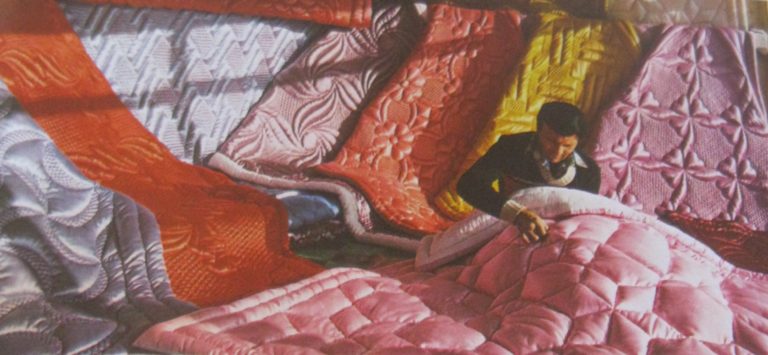Ottoman Empire Romania 1 – an interesting history
I recently went to Romania for a holiday and was surprised to find a lot of the words were familiar to me. The Latin I studied at school came in handy because Romanian is a Romance language but more surprisingly, I recognised a lot of Turkish words too. Looking into the history of Romania and the Ottoman Empire, I discovered the Ottoman Empire Romania.
In Medieval Times Romania was divided into three separate entities, Transylvania, Wallachia and Moldavia. These principalities were under the control of different ethnic groups and countries, but over the centuries skirmishes erupted in Wallachia and Moldavia against the Ottoman Turks.
Wallachia, which lay on the border of the Ottoman Empire, was the most fiercely independent, with successful raids carried out by Vlad III the Impaler (also known as Vlad Dracula and the inspiration for Bram Stoker’s novel of the same name). Moldavia also achieved Independence under the rule of Stephen the Great but by 1541 Romania was under Ottoman suzerainty. What this meant was in Ottoman Empire Romania, their foreign policy and international relations were controlled from the palace in Sultanahmet, while allowing them internal autonomy to rule the country in the manner of their own choosing.
During the Russo-Turkish War of 1877-78 Romania fought on the Russian side against the Turks, and gained complete independence from the Ottoman Empire. Nonetheless many legacies of the Ottoman Empire Romania rule remain, including the language.
Here are some words I picked up during my short stay.
bacşiş – bahşiş – tip
çiorba – soup
cuafor – kuafor – hairdresser. I know this isn’t really a Turkish word and comes from French but I first learnt it as part of my Turkish vocabulary.
harta – harita – map
kapluja – kapı – door/gate
masa – masa – table
papuc – pabuç – slipper
simigeria – simit– simit
tarhon – tarhun – tarragon
Find out more about Ottoman Empire Romania in part two.
*************************
Planning to come to Istanbul or Turkey? Here are my helpful tips for planning your trip.
For FLIGHTS I like to use Kiwi.com.
Don’t pay extra for an E-VISA. Here’s my post on everything to know before you take off.
However E-SIM are the way to go to stay connected with a local phone number and mobile data on the go. Airalo is easy to use and affordable.
Even if I never claim on it, I always take out TRAVEL INSURANCE. I recommend Visitors Coverage.
I’m a big advocate of public transport, but know it’s not suitable for everyone all the time. When I need to be picked up from or get to Istanbul Airport or Sabiha Gokcen Airport, I use one of these GetYourGuide website AIRPORT TRANSFERS.
ACCOMMODATION: When I want to find a place to stay I use Booking.com.
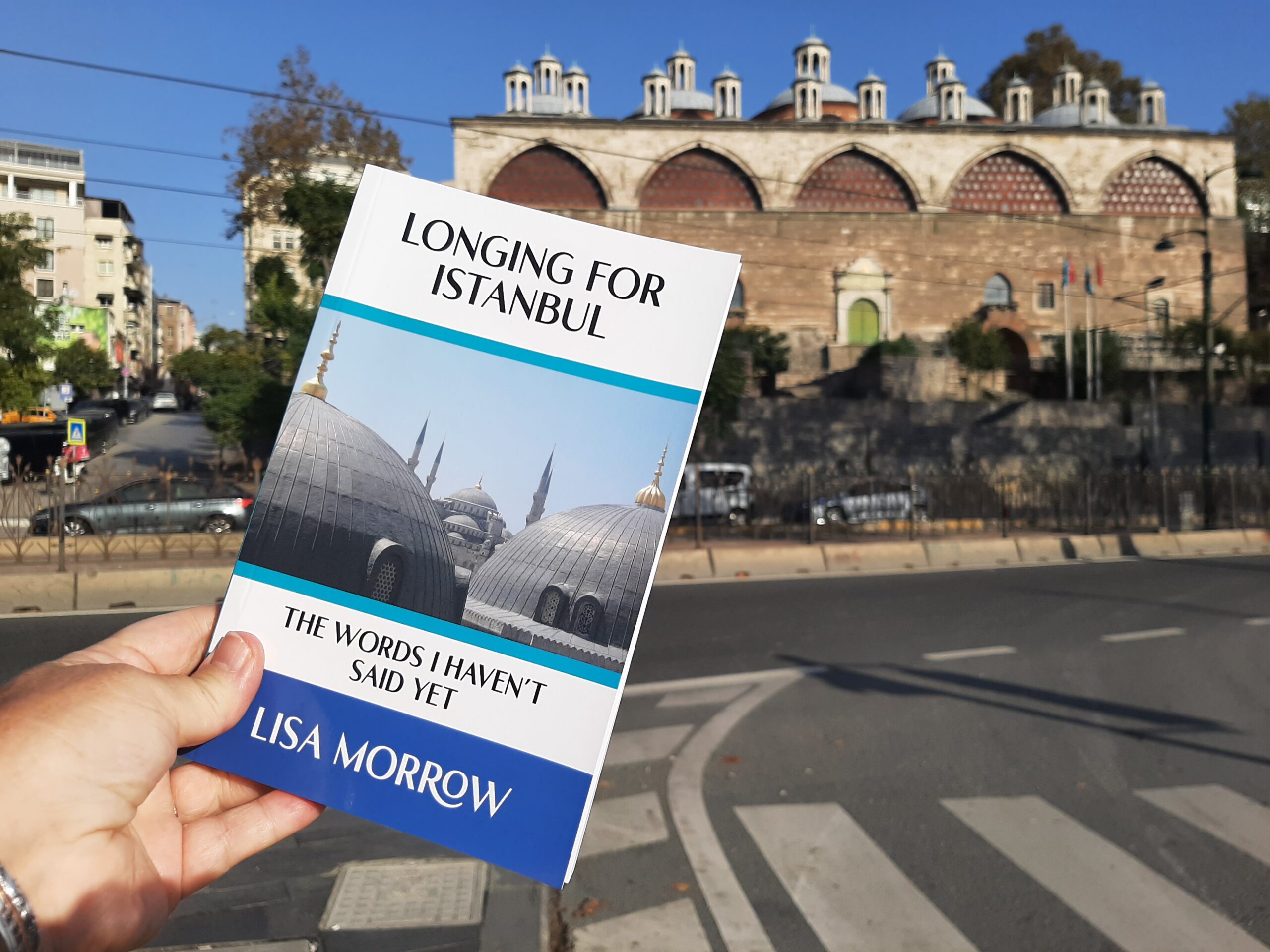
CITY TOURS & DAY TRIPS: Let me guide you around Kadikoy with my audio walking tour Stepping back through Chalcedon or venture further afield with my bespoke guidebook Istanbul 50 Unsung Places. I know you’ll love visiting the lesser-known sites I’ve included. It’s based on using public transport as much as possible so you won’t be adding too much to your carbon footprint. Then read about what you’ve seen and experienced in my three essay collections and memoir about moving to Istanbul permanently.
Browse the GetYourGuide website or Viator to find even more ways to experience Istanbul and Turkey with food tours, visits to the old city, evening Bosphorus cruises and more!
However you travel, stay safe and have fun! Iyi yolculuklar.
